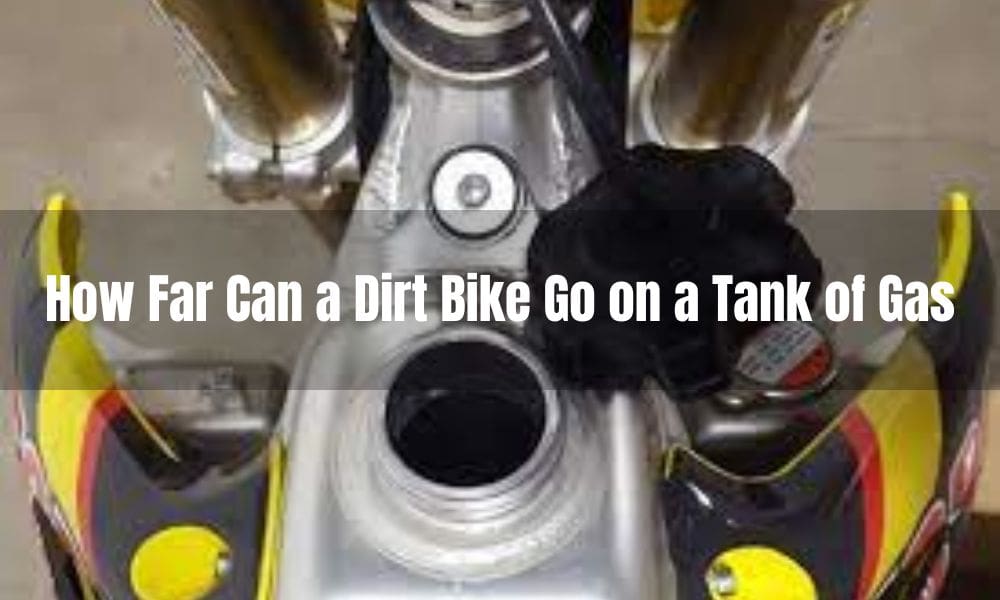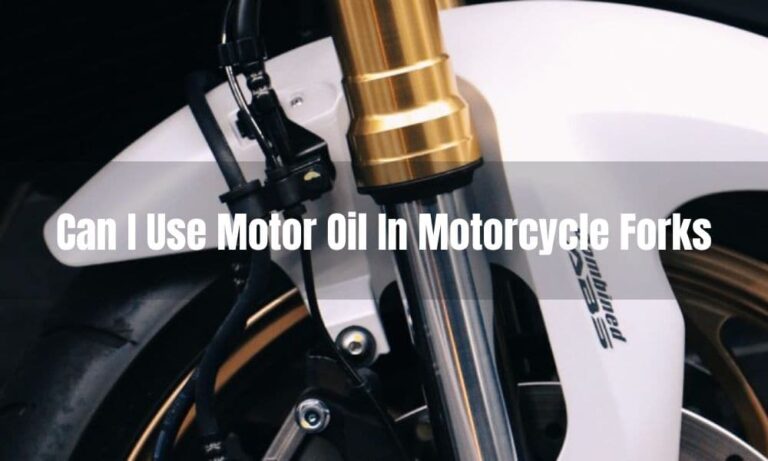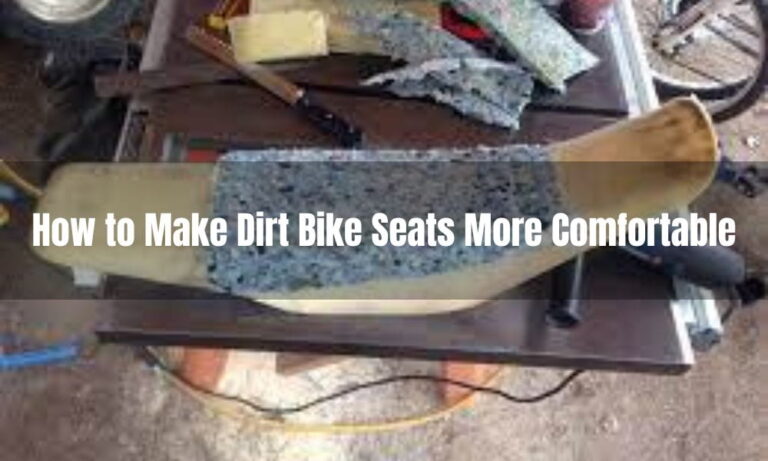How Far Can a Dirt Bike Go on a Tank of Gas
Are you planning a long ride on your dirt bike, but wondering how far you can go on a tank of gas? This is a common concern among dirt bike enthusiasts, as fuel range can vary widely depending on factors such as terrain, engine size, and riding style. The factors that affect fuel range for dirt bikes, and offer some tips to help you make the most of your fuel tank. Whether you’re planning a long off-road adventure or just want to know how far you can go on a single tank
Off-Road Bikes: Factors Affecting Gas Mileage
Off-road bikes are designed to perform in rough terrain, so they tend to have larger engines and more power than street bikes. This can lead to lower gas mileage since the engine has to work harder to power the bike. Other factors that can affect gas mileage in off-road bikes include the type of terrain you’re riding on, as well as the weight of the bike and the rider.
However, there are some steps you can take to improve gas mileage in off-road bikes. For example, you can adjust your tire pressure to match the terrain you’re riding on, which can help to improve traction and reduce rolling resistance. You can also use a lighter throttle when riding on flat terrain and avoid idling the engine for long periods of time.
Street Bikes: Factors Affecting Gas Mileage
Street bikes are designed for on-road performance, so they tend to have smaller engines and better aerodynamics than off-road bikes. This can lead to better gas mileage since the engine doesn’t have to work as hard to power the bike. Other factors that can affect gas mileage in street bikes include the weight of the bike and the rider, as well as the type of riding you’re doing (e.g. highway vs. city).
To improve gas mileage in street bikes, there are a few key things you can do. First, make sure you keep your bike in top condition by regularly changing the oil, air filter, and spark plugs. You can also use a fuel injector cleaner to help improve fuel efficiency. Finally, try to maintain a steady speed when riding on the highway, and avoid sudden acceleration or braking.
Gas Mileage Comparison: Off-Road vs. Street Bikes
So, how do off-road and street bikes compare when it comes to gas mileage? The answer is, it depends on a variety of factors. However, in general, street bikes tend to get better gas mileage than off-road bikes. According to some estimates, the average gas mileage for an off-road bike is around 25 miles per gallon, while the average for a street bike is around 50 miles per gallon.
Of course, these are just averages, and the actual gas mileage you get will depend on a variety of factors, including the model of your bike, your riding style, and the terrain you’re riding on. However, it’s important to keep gas mileage in mind when planning a long-distance ride, as you’ll need to factor in fuel stops and refueling time.
Tips for Improving Gas Mileage in Both Off-Road and Street Bikes
No matter what type of bike you ride, there are some steps you can take to improve gas mileage. Here are a few tips to keep in mind:
Keep your bike in top condition by following the manufacturer’s recommended maintenance schedule.
Use a fuel injector cleaner to help keep your fuel system clean and efficient.
Adjust your tire pressure to match the terrain you’re riding on, and avoid overinflating your tires.
Maintain a steady speed when riding on the highway, and avoid sudden acceleration or braking.
Avoid idling your bike for long periods of time, as this wastes fuel and can lead to carbon buildup in the engine.
When riding in a group, try to maintain a consistent pace and avoid frequent stops, as this can lead to a decrease in fuel efficiency.
Conclusion
Off-road and street bikes have different designs and purposes, which can affect their gas mileage. Off-road bikes tend to have larger engines and lower gas mileage, while street bikes have smaller engines and better aerodynamics, leading to better gas mileage. However, there are steps you can take to improve fuel efficiency in both types of bikes, such as keeping your bike well-maintained and adjusting your riding style to match the terrain.







